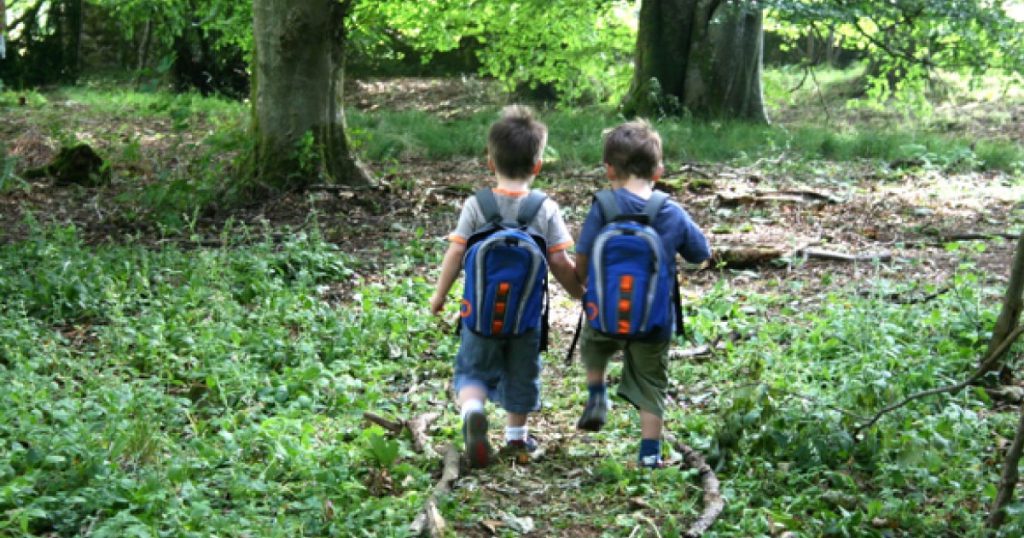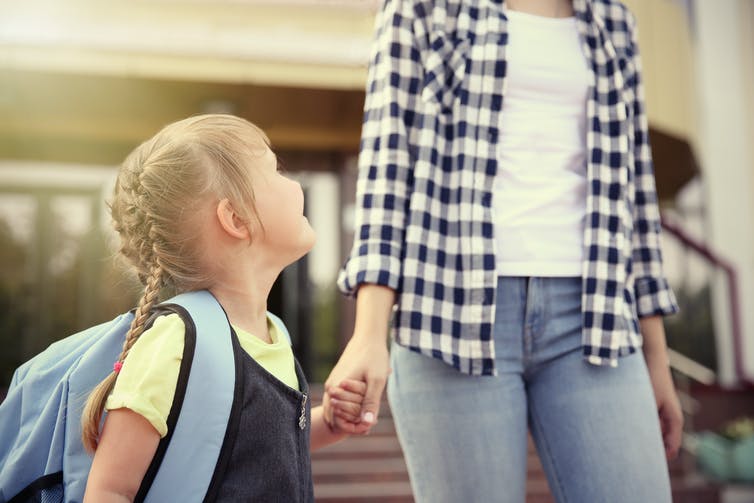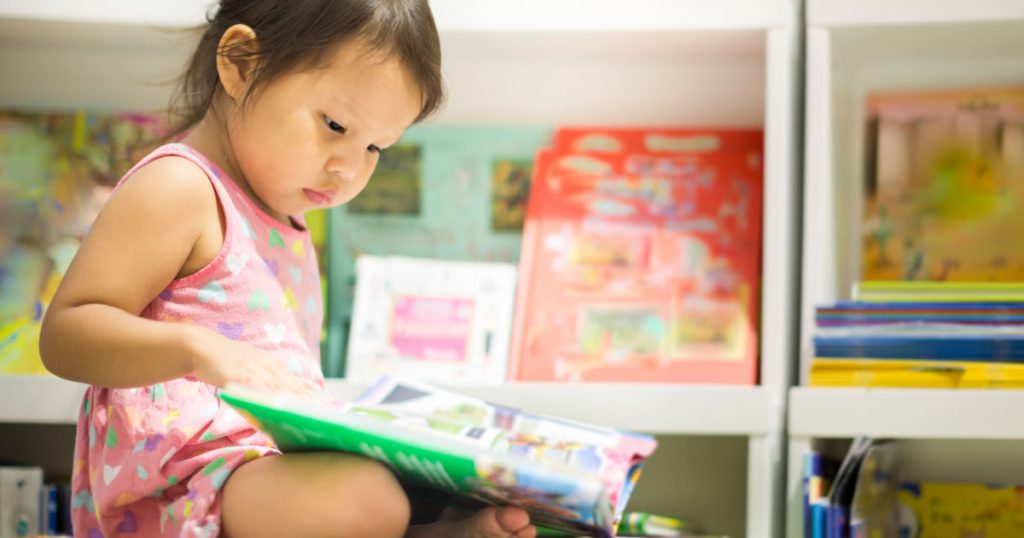Fostering a love for learning is the goal at the core of every teacher’s pedagogy. Ensuring your students feel they can confidently navigate their learning journey’s ups and downs is a big part of that, making it incredibly important to help your students feel safe while challenging themselves and making mistakes. Teachers can achieve this in so many ways! One of the best ways to do this is by offering positive feedback when students make a mistake and supporting them to learn from this experience.
In this classroom, mistakes are expected, inspected, and respected.
-unknown
If done carelessly, correcting students can do more bad than good. Blunt phrases such as “That’s wrong”, “No”, and “That’s a mistake” do little to help students learn from their mistakes and can damage their self-belief and confidence to try new things. It can also harm the teacher-student relationship, an important building block in the educational process.
Remind your students that it’s OK to make mistakes by printing this “In this class” poster and hanging it proudly (bonus, it’s free!)

Dmytro Zinkevych/shutterstock.com
Don’t get us wrong. We’re not telling you that you should only give feedback when students get something right! We all know that correcting students is essential for understanding and also for building resiliency. Providing constructive, critical feedback to our students is important, but how we deliver our feedback is vital. You want your students to feel supported, and you want your feedback to help them modify their behaviors in appropriate ways.
The Importance of Constructive ‘Positive’ Feedback
So how can you be strategic about how you dole out feedback and make sure you are helping your students? We’ve created a resource featuring some common phrases that you can apply to any lesson. It is ideal to use when giving students positive feedback when they need guidance in their learning. It’s so handy that you can put it into your teacher planner or display it on the wall next to your desk for quick reference throughout the day!
Each of the phrases on our Verbal Corrections for Students – Teacher Guide can be used to help teach your students lessons about resilience and working through their mistakes. Just take a look at some of the helpful ways these phrases help your students grow.
#1 Inspire Students to Embrace Their Mistakes and Try Again
Being told when they are incorrect can lead students to think that the work is too hard. They may want to give up and stop trying.
“That’s a really great start, but perhaps you could…”
“You’re on the right track, but you’re not quite there yet.”
Positive phrases such as these help students see that learning is a journey – and there will be some speed bumps along the way!
#2 Give Students the Confidence to Make Mistakes
Some students don’t even want to attempt tricky questions for fear of looking dumb for not knowing the correct answer. Help your students see their ideas are still valid, even if they aren’t the answers you’re looking for.
“Thank you for that idea! How about…?”
“That’s a tricky one isn’t it?”
If you acknowledge that some questions will be tricky for students, they will feel less pressure to get it right the first time.

wavebreakmedia/shutterstock.com
#3 Make Sure Students Feel Supported in Their Learning
It’s a proven fact – students who feel supported and empowered in the classroom will be more likely to take risks with their learning.
Helping students feel supported doesn’t take much effort at all. Showing them that you value their input and see their effort is a great way to do this.
“Thanks for that idea! How about…?”
“Can anyone add to what __ said to help us get to the right answer?”
” I love your suggestion!”
Not only this, but combining their suggestions with those from another student will help them feel a part of the team even more.
#4 Help Students Learn From Their Mistakes
Correcting students when they make mistakes is only half the job. Once they know they’ve made a mistake, help them learn why and how not to make the same mistake again.
“Can you tell me more about how you figured that out?”
“How did you arrive at your answer?”
Phrases such as the ones above encourage students to dissect their answers. Sometimes they’ll reach an understanding of where they went wrong without you having to tell them!

michaeljung/shutterstock.com
#5 Encourage Students to Remember Their Prior Learning
Finally, positive feedback that encourages students to access their prior understanding and knowledge is vital in moving learned knowledge to the long-term memory banks.
“Do you remember how we did this last time?”
“You’re on the right track, but you’re not quite there yet.”
“Did you think about…?”

stockfour/shutterstock.com
Remind students about previous lessons, encourage them to search back through their journals to jog their memory. Teach them to think back, and before you know it, they’ll be doing it without thinking.
How do you deliver positive feedback in your classroom? Check out our virtual marble jar reward system for other ways to help build kids up.
Comment below to share your thoughts.
Banner Photo: wavebreakmedia/shutterstock.com
The post Positive Feedback for Students (with Examples) appeared first on Teach Starter.






